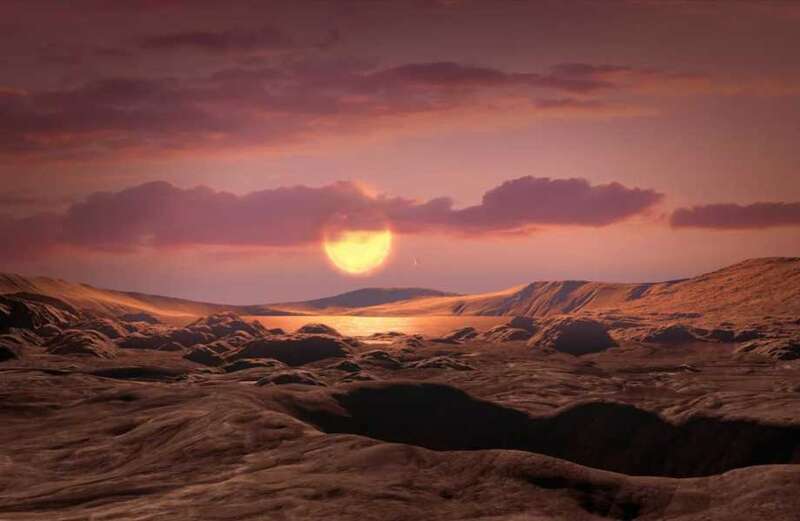SCIENTISTS have uncovered an Earth-like planet which could be habitable for humans - or even host extraterrestrial life.
The exoplanet, known as Wolf 1069 b, orbits a red dwarf star just 31 light-years from Earth.

It rests on the northside of our galaxy, the Milky Way.
It is the sixth closest Earth-like planet.
And it is a particularly rare find.
 All you need to know about the upcoming Supermoon
All you need to know about the upcoming Supermoon
Astronomers have discovered more than 5,200 exoplanets in the universe, but less than 200 of them are rocky and mountainous like Earth.
And just a dozen of them have the possibility of having liquid water on their surface - which is critical to sustaining life on our world.
A group of 50 astronomers from across the globe have confirmed the existence of the exoplanet, which they believe could be a rocky world.
Wolf 1069 b is around double the size of Earth, orbiting a red dwarf star in the Cygnus constellation.
The exoplanet is in its star's habitable zone, which means it could also be a rocky water world - much like our home planet.
"When we analysed the data of the star Wolf 1069, we discovered a clear, low-amplitude signal of what appears to be a planet of roughly Earth mass," Diana Kossakowski, an astronomer and lead author on the new research, said.
"It orbits the star within 15.6 days at a distance equivalent to one-15th of the separation between the Earth and the Sun."
It sits much closer the Sun than Earth, however.
But unlike Mercury, the planet closest to the Sun where temperatures can reach as high as 430 degrees Celsius - Wolf 1069 b is thought to have a much more habitable surface temperature.
 Is there a Full Moon tonight?
Is there a Full Moon tonight?
The planet receives just 65% of the incident radiant power of what the Earth gets from the Sun.
Wolf 1069 also emits much less radiation, scientists found.
Astronomers think that if Wolf 1069 had an Earth-like atmosphere, temperatures could rise as high as 13 degrees Celcius.
This would keep water liquid on the side of the planet which faces the star.
An Earth-like atmosphere would also protect against high-energy electromagnetic radiation.
While Wolf 1069 is a promising candidate for life beyond Earth, or even a plan B for humans, there is a major catch.
Astronomers reckon they'll have to wait another decade before technology is advanced enough to search for signs of life on the planet.
And red dwarf stars are notorious for scarring nearby planets with massive stellar winds and UV radiation - similar to what the Sun did to Mars.

We pay for your stories! Do you have a story for The Sun Online Tech & Science team? Email us at tech@the-sun.co.uk


































